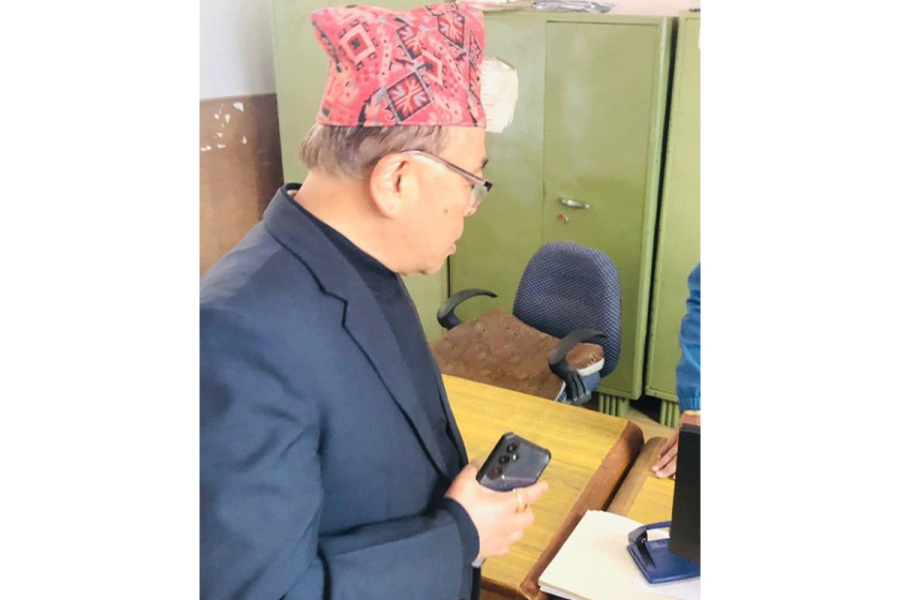KATHMANDU, Dec 1: The National HIV Strategic Plan 2016 – 2021: “Nepal HIVision 2020,” was launched in Kathmandu on World AIDS Day 2016; exactly a year ago. This year, the Government of Nepal has launched three more flagship documents: ‘National HIV Testing and Treatment Guidelines 2017’, 'National Community-Led HIV Testing Guidelines 2017’, and ‘National Consolidated Guidelines on Strategic Information of the HIV response in Nepal’.
“The right to health is the right of everyone. This is the right to enjoy the highest standard of physical and mental health. This includes the right to prevent HIV – the right of people living with HIV to receive treatment, the right of people affected by HIV to receive care and support,” Valerie Julliand, United Nations Resident Coordinator in Nepal, in her World AIDS Day 2017 said.
Michel Sidibé, UNAIDS Executive Director explains that “the world will not achieve the Sustainable Development Goals—which include the target of ending the AIDS epidemic by 2030—without people achieving their right to health. The right to health means many different things: that no one has a greater right to health care than another person; that there is adequate health-care infrastructure; that health-care services are respectful and non-discriminatory; and that health care must be medically appropriate and of good quality. And the right to health is more than that—by achieving the right to health, people’s dreams and promises can be fulfilled.”
HIV/Aids and Stigma

In 2016, there were an estimated 32,700 people living with HIV in Nepal. However, only 55% of these are reported, and only 14,500 people were on life-saving antiretroviral therapy by June 2017. This treatment coverage, around 45% of people estimated to be living with HIV, is unacceptably low.
One remarkable success is that new HIV infections in Nepal have reduced by 40% compared to 2010. There were 2,200 new infections in 2010, and less than 1,000 new HIV infections in 2016. Still, around 1,700 people died of AIDS-related causes in 2016.
Since the inception of Nepal's anti-retroviral treatment programme in 2004, under the leadership of the Ministry of Health National Centre for AIDS and STD Control, the country has taken good measures to scale up antiretroviral treatment, with the objective of reaching everyone who needs treatment. However, investments now need to be, especially, made to prevent new HIV infections. Preventing new HIV infections means: Identifying who are at highest risk of HIV, and Reaching and Recommending these persons to get Tested, receive Treatment and Remain on treatment These are now the highest priorities for the HIV response in Nepal, and 73 percent of the HIV investments, according to ‘HIVision 2020’ will be made towards preventing HIV.
The goal of HIV Testing Services is to identify people living with HIV, as early as possible, and to link them immediately to treatment and care services,” says Dr Ruben del Prado, the UNAIDS Nepal Country Director. “The national guidelines for HIV testing and treatment, and the national guidelines on community-led HIV Testing, when correctly and fully implemented, will Fast-Track Nepal to achieving success. These guidelines present policy provisions, implementation modalities, and programme management guidance for training and deploying trained lay service providers to conduct HIV screening within their own communities, through in-reach,” a press release issued by UNAIDS said.






































